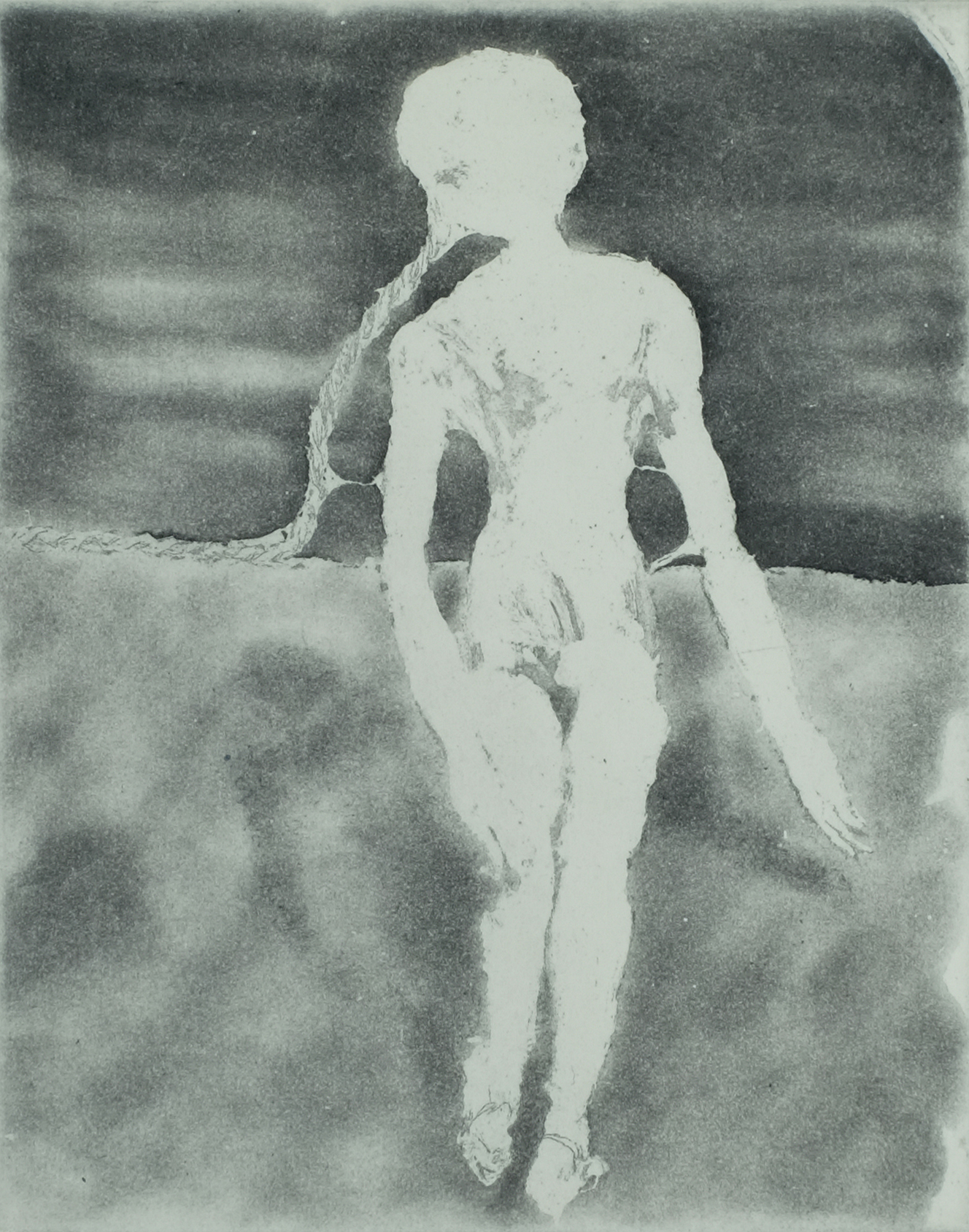
FEATURE
Etching
Etching was originally invented as a method for adding decoration to armour during the Middle Ages. Artists began to use metal plates for printing in the 15th century, when Albrecht Durer made work on iron plates. Later artists such as Andrea Mantegna in Italy and Rembrandt in Holland went on to make etchings on copper.
TECHNIQUE
Etching
Etching was originally invented as a method for adding decoration to armour during the Middle Ages. Artists began to use metal plates for printing in the 15th century, when Albrecht Durer made work on iron plates. Later artists such as Andrea Mantegna in Italy and Rembrandt in Holland went on to make etchings on copper.


Traditionally a metal plate, usually copper or zinc, is coated with an acid-resistant material called ground. Using a sharp needle, lines are made through the ground, revealing the plate beneath. The plate is immersed in a dilute acid bath and the acid etches the plate where it has been revealed, making grooves in the surface of the plate which will then hold ink.
Apart from this traditional approach, there are many other ways of preventing the acid from ‘biting’ the plate, using varnishes, sticky tape or spray paint to provide resistance to the acid. Aquatint, spit bite, sugar lift and white ground techniques allow more painterly marks.
The endless possibility of this technique is the really exciting thing about etching.
Learn more about Etching
Etching: Hard Ground | 3 Tuesday evenings | October 2024
Whether you are looking for a greater understanding of the hard ground technique or are a complete beginner to etching, you will come out of this three evening course with new skills and unique prints.
Etching Year | 40 weeks | Mondays | September 2024
This Monday evening class is a unique opportunity to build your etching skills over the course of a year. The HAUSPRINT Etching Year is designed to provide stable building blocks for your printmaking future, whatever your starting point. Over 40 weeks you’ll be guided through a specialist programme delivered over three terms which teaches the principles of etching.
More Features
All featuresSoft ground
Soft ground was invented in the latter half of the eighteenth century as a means of reproducing the grainy qualities of chalk work. It was first used in England by Gainsborough and artists of the Norwich School.
On Siss / Phuss: Ziqi Xu in conversation with Livia Wang
“It’s all because I want to see myself, I want to see those unnoticed moments, how they pass by, what is really happening. So that makes the work very personal.”
Hard ground
A traditional technique in etching. After degreasing the surface of the plate, hard ground is rolled over the surface.





